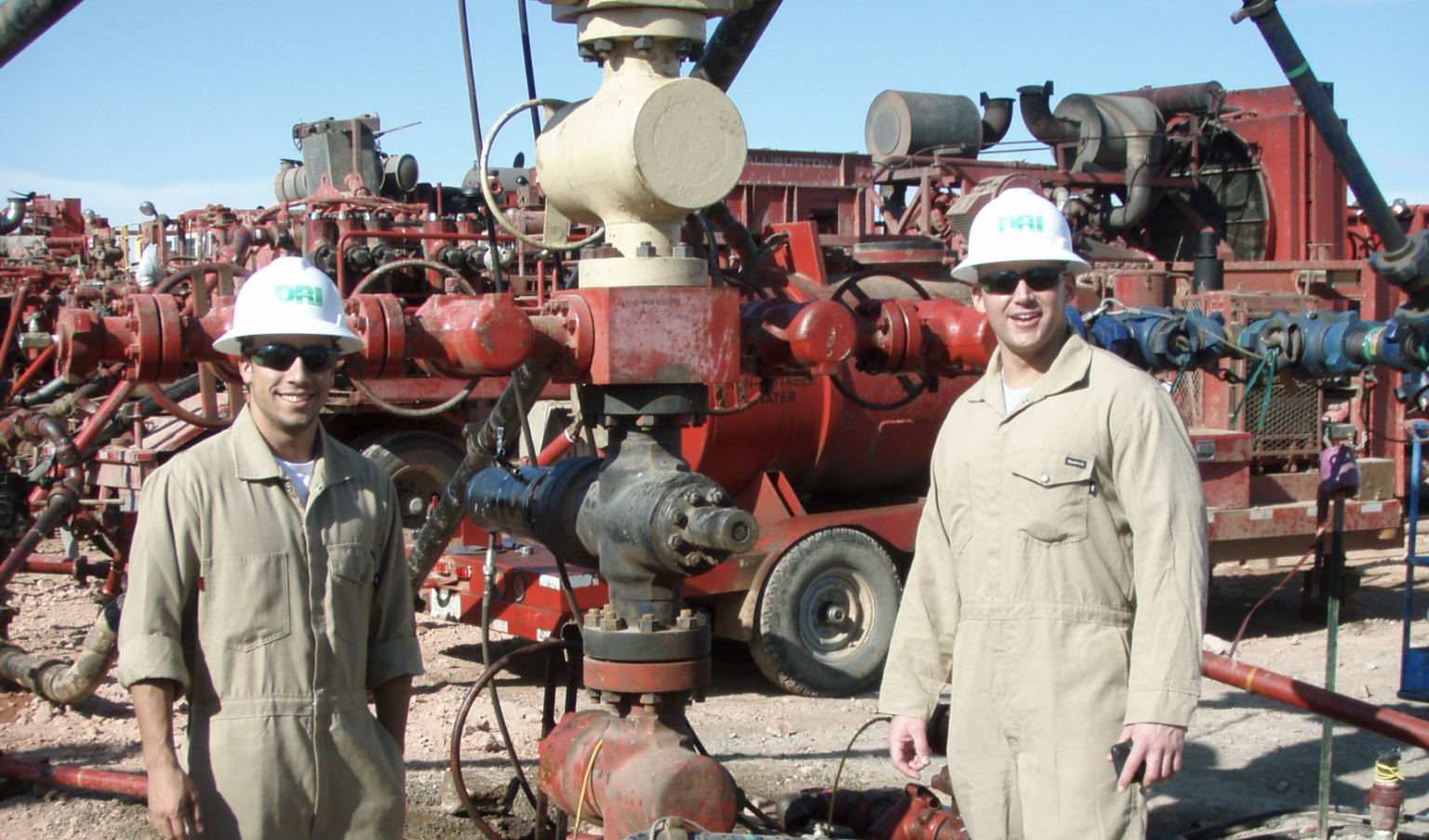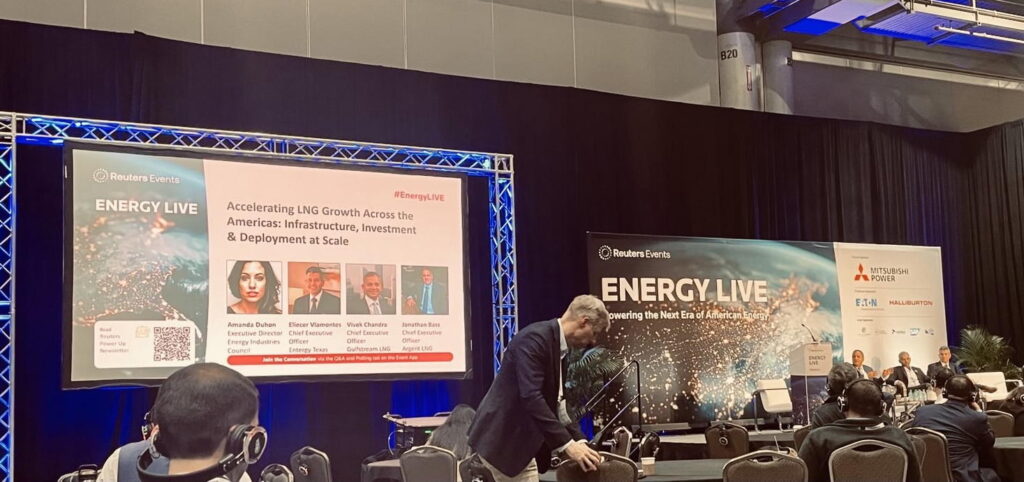At a recent industry conference, Terry Spencer, head of natural gas infrastructure company ONEOK, made clear the direction the fracking industry was headed: “One of these days one of these big ol’ fracs will be operated with nobody there.”
Translation: Computers and robots are going to replace all human jobs at the oil and gas fracking sites of the future.
The fracking industry certainly has increased economic activity in America and created jobs within the industry. Less discussed, however, is the fact that the industry has consistently lost money on the wells it’s drilling and is heavily in debt. One way to address this structural problem in the industry’s finances is to eliminate high labor costs by replacing people with computers and robots.
Will fracking one day become profitable when companies shrink the human element from the labor equation? It seems much more likely. And the industry appears more than willing to find out.
Oil and Gas Production Is Up But Jobs Are Down
While the first big secret of the fracking industry is that it has lost huge sums of money throughout its much-touted “revolution,” the second big secret is that the record levels of oil and gas production in America have not translated to record levels of jobs.
The oil and gas are booming but the jobs aren’t. Why? Automation.
“We are as an industry working towards where we can operate 24/7 unattended,” Spencer went on to explain, according to materials from the GPA Midstream 2018 Convention provided to DeSmog.
And while the firms involved in shale oil and gas are — by their own admission — in the early stages of using automation to replace human labor, the potential impacts are likely to be significant.
In late 2016 the Houston Chronicle was already documenting signs of automation’s impending effect.
“These new rigs, using sophisticated software and robotics, could reduce the number of people working in the oil patch by up to 40 percent over the next few years.”
Scott Santens, writing in the online publication Medium, spells out these trends in a 2017 article titled, “The Real Story of Automation Beginning with One Simple Chart.”
The one simple chart, which can be seen here, shows that while the oil industry has experienced a recent boom in the number of drilling rigs, the number of employees has remained flat. Santens goes on to predict that “of the 440,000 jobs lost in the global downturn, as many as 220,000 of those jobs may never come back.” The industry is getting closer to 24/7 unmanned every day.
However, while good for profits, this is bad for workers and thus is a problem for the industry’s public relations efforts. The oil and gas industry historically has pushed new fossil fuel developments as a source of high-paying, blue collar jobs.
Now, many of those jobs are disappearing, and in an era when President Trump’s energy plan is proclaiming how many jobs the shale industry will bring, declining workforce numbers are not a point the industry is seeking to publicize.
James West, an energy analyst for investment bank Evercore ISI, explained to Bloomberg how the industry was likely to spin the impending reductions in the oil and gas industry workforce.
“They’ll more likely brag about the automation rather than these head counts,” said West.
Eliminating Workers’ Jobs or ‘Time and Costs’?
When people in the fracking industry discuss technological innovation and automation, they are essentially talking about shrinking the workforce, but as West noted, few people want to put it in those terms.
This June, the U.S. Energy Information Administration (EIA) annual conference featured a panel with the title “Technological progress in U.S. tight oil production.” (“Tight oil” refers to oil from shale formations that require horizontal drilling and fracking.)
Much of the technological discussion at that panel centered on replacing humans with automation. If you were expecting an in-depth discussion on improved drilling and fracking techniques, you were in the wrong place. The technologies of interest at the moment are automation and artificial intelligence, which will inevitably shrink the human labor force needed at drilling and fracking sites.
This is a future eagerly anticipated by some of the panelists, including Stephen Ingram, Vice President of Technology Solutions and Innovation, for oil field services company Halliburton.
Ingram summed up the industry approach best when he described how oil field workers physically assemble drilling rigs.
“This represents time and costs. How can this be eliminated?” he said.
2018 EIA conference panel on “Technological progress in U.S. tight oil production.” Credit: Justin Mikulka
Note the framing here: Ingram and others in the industry don’t refer to eliminating people’s jobs but instead frame the issue as reducing “time and costs” or “inefficiencies.”
The answer to Ingram’s question is easy and already in the works. Iron Roughnecks are machines, controlled remotely, that string together and pull apart drill pipes on rigs, replacing the “roughneck” rig workers who previously did that job.
Automation: ‘The Sky Is Almost the Limit’
But assembling pipes is just the beginning of what can be automated in the shale drilling and fracking process. A question during the Q&A session at the EIA conference revealed how far the industry is envisioning the future of automation.
The moderator asked the panel, “With labor being such a high cost, what is the outlook for automating much more of the shale oil fracturing process?”
Halliburton’s Ingram responded with enthusiasm: “The sky is almost the limit. It’s limited by your imagination.”
Another panelist, Robert Clarke, research director for energy analysts Wood Mackenzie, recounted conversations he had with industry executives about future production and the workforce:
“I sit with a lot of executive teams and I simply ask them, ‘You’re talking about doubling production, does that mean doubling headcount?’ They politely respond, ‘No, that means halving headcount.’”
The fracking industry, despite its growth and promise, has not reached profitability and to do so these companies are going to have to start removing what Ingram described, in response to a question about automation replacing labor, as “structural inefficiencies.”
“There are large structural inefficiencies to be extracted from this industry that will drive a nice cost advantage situation … ” Ingram said. “Looking forward to it.”
High-paid industry executives and Wall Street analysts are “looking forward to” improving the economics of fracking, but in a move that will cost many blue collar workers their jobs.
The oil and gas industry appears primed to follow in the footsteps of the coal industry, where automation has been eating away jobs for decades. While the executives at the top of these firms will continue to prosper, many of the workers — or “structural inefficiencies” — are quickly becoming the latest casualties to advancing technology.
Follow the DeSmog investigative series: Finances of Fracking: Shale Industry Drills More Debt Than Profit
Main Image: Middle of the fracking process while fracking the Bakken in North Dakota. Credit: Joshua Doubek, CC BY–SA 3.0
Subscribe to our newsletter
Stay up to date with DeSmog news and alerts






